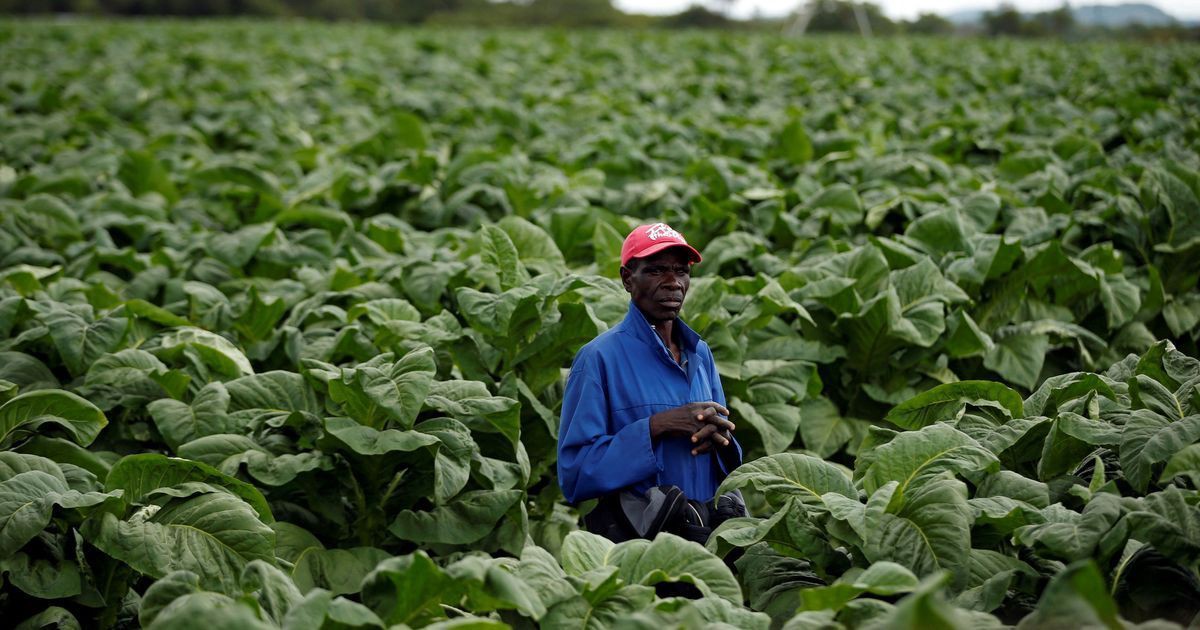Not sure if this riff goes anywhere, but with the Amazon on fire, huge storms battering the Caribbean, a memorial service in Switzerland for melting glaciers, animal species lost forever as habitats vanish and thousands out on the streets protesting about climate destruction (forget ‘change’), there are some synergies around the refusal of world health […]







